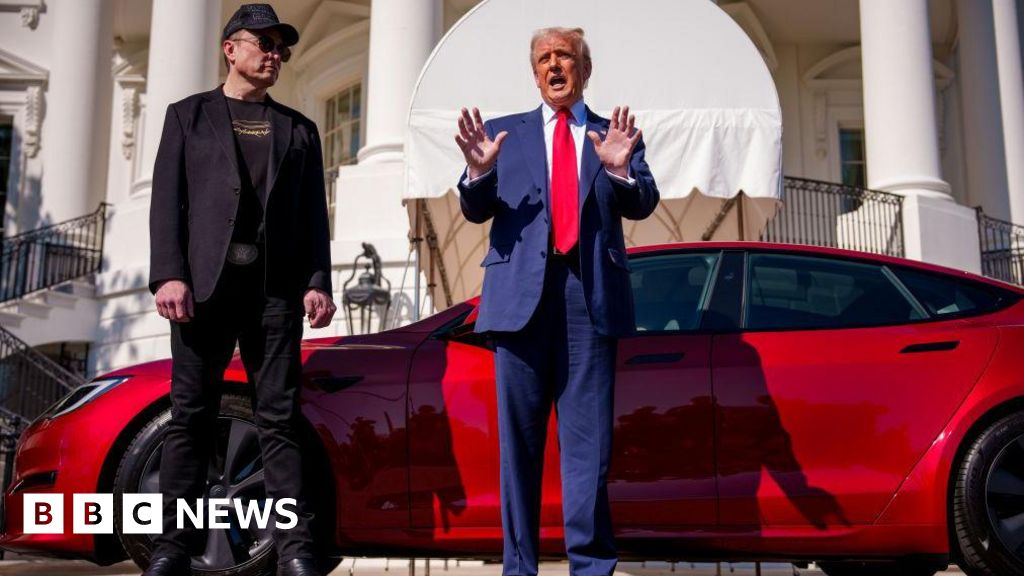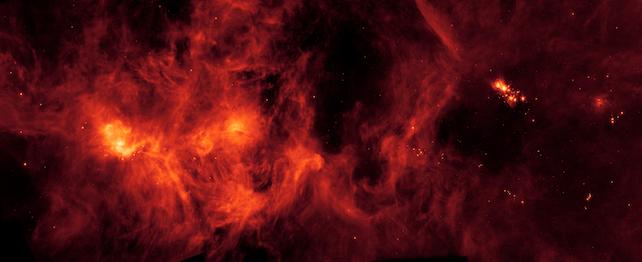The alleged mishandling of hazardous waste at Tesla’s California facilities is believed to be indicative of a larger problem within the company. This situation is not a one-time occurrence, but rather an ongoing issue. Recently, Tesla was sued by 25 counties for the improper disposal of hazardous waste. Within a few days, the company agreed to pay $1.5 million to settle the lawsuit, which accused Tesla of intentionally and negligently mishandling materials that should have been handled with care. Waste management experts believe that a corporation of Tesla’s size should have had better knowledge and procedures in place. Apart from the trouble in California, the company may also be in violation of federal regulations regarding the handling of hazardous waste. The California counties accuse Tesla of violating state health and safety codes by disposing of hazardous waste at unauthorized locations. The lawsuit alleges that the company disposed of waste in dumpsters or compactors, potentially leading to the waste ending up in landfills not permitted to accept hazardous substances. The complaint lists 101 facilities across California that generated hazardous waste including various substances such as used lubricating oils, brake fluids, lead acid batteries, aerosols, antifreeze, waste solvents, paint, e-waste, and other contaminated debris. Investigators discovered the illegal disposal of hazardous automotive components during undercover inspections at Tesla’s car service centers in 2018. Similar unlawful disposals were found in other counties and at Tesla’s Fremont factory. It is stated that Tesla failed to determine if the waste generated at its facilities was hazardous, failed to properly mark, label, and store hazardous waste, and did not comply with record-keeping requirements or conduct proper employee training on handling hazardous materials. The improper disposal of lead acid batteries, for example, is particularly concerning because dumping them in the trash can lead to environmental pollution and pose risks to workers. These batteries are meant to be recycled, and other materials may need to be sent to a hazardous waste landfill with specific lining to prevent groundwater contamination. The management of hazardous waste is regulated under the Resource Conservation and Recovery Act (RCRA), and California’s mandates on the matter are more strict than federal regulations. Tesla has settled the lawsuit by agreeing to pay $1.5 million and has committed to a five-year injunction that includes measures such as annual third-party waste audits and mandatory employee training. This situation is not unique to Tesla, as other automakers have also faced issues with hazardous waste management. In conclusion, the allegations and subsequent settlement highlight the significance of proper hazardous waste management to protect the environment and public health.
Tesla’s Management of Hazardous Waste in California
/cdn.vox-cdn.com/uploads/chorus_asset/file/11423503/acastro_180524_1777_tesla_0001.jpg)













